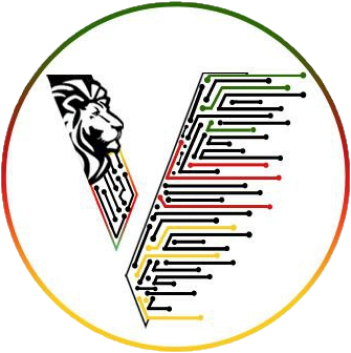(Business in Cameroon) – In Cameroon, there is a striking gap in electricity access between the northern regions and the coastal areas. According to the latest quarterly report from Eneo, the country’s electricity provider, over 2 million customers are served. However, the northern regions—North, Far North, and Adamawa—have only about 220,000 households and businesses connected. This means they account for just 11% of Eneo’s subscribers.
In contrast, the coastal region and the Southwest region host a combined total of 37% of Eneo’s customers. The Central, South, and East regions together make up 35% of Eneo’s subscribers, three times more than the northern areas. Meanwhile, the West and Northwest regions account for only 16%.
Overall, the southern part of Cameroon, served by the Southern Interconnected Network, houses a whopping 89% of subscribers. The northern regions, which rely on the Northern Interconnected Network, have only 11%.
To improve access to electricity in the northern regions, which are also the poorest in the country, the Cameroonian government has initiated rural electrification projects in recent years. One such project is the Rural Electrification and Energy Access Project in Underserved Areas of Cameroon (Perace).
This initiative, funded by the World Bank, aims to connect localities to the national electricity grid. “Customers can pay a small portion of the connection fee upfront, with the rest spread out over several months,” Eneo explains. Approved by the World Bank Board in 2018 and launched in 2022, Perace aims to electrify 687 communities across six regions, including the Far North, North, Adamawa, East, Southwest, and Northwest. In just 20 months, the project has exceeded its initial goals, with 163,000 new connections made by the end of June 2024. “We now aim to reach 240,000 connections by June 2025,” the company announced.
Moreover, to close the energy infrastructure gap in the northern part of the country, the government has started building the Bini Warak Dam, which will have a capacity of 75 MW. However, construction faced financial issues with its Chinese partner before it could even begin. While waiting for the project to resume, the government, Eneo, and Norwegian company Scatec have launched Cameroon’s first large-scale solar energy project in the region. This includes solar plants in Maroua and Guider, each with a capacity of 15 MW.
According to a new contract signed on June 5, 2024, the production capacity of these two plants, inaugurated in September 2023, will be doubled in the coming months. New investments funded by the World Bank’s private sector arm will boost electricity production and access in the northern regions. This is a welcome development for households and businesses, such as the Cotton Development Company (Sodecoton), which supports over 200,000 cotton farmers, the Yagoua Rice Expansion and Modernization Company (Semry), the main rice producer in Cameroon, and Cimencam, a subsidiary of LafargeHolcim Maroc Afrique, which recently launched a new cement production line in Figuil.



































